If there is one thing we know at Walden Backyards, it's how to really enjoy sitting fireside. We believe that backyard bonfires are one of the most meaningful and genuine ways to connect with our friends and family, so we have put together these tips to ensure that you build your campfire as sturdily as you do your relationships.

1. Choosing the Best Wood for Your Fire
The first thing to consider is the type of firewood that you choose. Your wood should always be dry and clean, so that is able to light more easily and stay burning all evening long. Seasoned wood, or dried wood, is always a better bet for a cleaner burn, as opposed to green - meaning recently cut - wood. Hardwoods are denser, and thus able to burn hotter and longer than softwood. Some great options of hardwood are woods like maple and oak, which burn slowly, and are perfect if you want an extended burn time. Birch, pine and cedar are examples of softwood, which will give you the classic crackling fire, still provides good heat, but also burn more quickly than hardwoods.

2. Build Upon an Elevated Base
Building a proper base for your fire is key. As you set up your firewood logs, make sure that there is room for airflow to feed the flames from underneath. A simple way to do this is by using a fire grate, such as those found on the Legacy Series Fire Pit Insert, or Walden’s Original Fire Grate with an Ember Catcher. These heavy duty steel grates lift your fire off of the ground, and allow constant airflow to feed in below your fire for bigger, better, bonfires.

3. Firewood Log Setup
Once you have the base set up in your bonfire pit, tap into your inner architect and start stacking your logs. We recommend a crosshatch, or log cabin style pattern, because it provides sturdiness, which also means you will not have to tend to your fire quite as often. That being said, the tee-pee style of stacking logs works too, and will give you a taller flame. Just be wary that this approach to log architecture is sure to tip over as your wood burns. Though we prefer a crosshatch, this step of building your fire is up to you.

4. Lighting the Fire
Now that your wood is set up, it's time to get it lit. There are a few options for starting a bonfire. You can use paper, or very light wood kindling as an initial flame, and place it in your structure to try to start your fire. Otherwise, you can make it easy and use a fire starter underneath your logs. Good fire starters stay lit for a substantial amount of time, and, burning nice and hot, and with a large flame to ensure the wood catches in all sorts of conditions. Walden Sure-Fire™ Starters are the best easy fire starters on the market, with a burn time of 10 – 15 minutes, allowing your logs to take to the flame without the need for kindling. These starters are also ideal because of their non-toxicity, and the fact that they are made 100% from recycled materials making them a surefire choice. Whether you use kindling or a fire starter, make sure that the raw side (the side without bark) of the logs are facing the flames.

5. Maintaining the Fire
Once you have that initial spark, and the logs are aflame, watch your bonfire or campfire for proper airflow. Air is what feeds the fire and keeps it burning. If you notice your fire dying out, try adjusting the logs with a fire poker to allow the fire to breathe. Even better, you can use a fire stoker, such as the Walden Blow-Through Stoker-Poker™, to maximize oxygen to the base of your flame, thereby extending the life of your fire.
With these simple tips, it won’t take you long to learn how to build hassle-free bonfires that last well into the evening. Always remember to keep bonfire safety in mind; build your fires in a safe location, never leave a live fire unattended, and have a lot of fun.





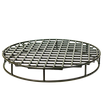
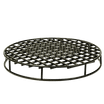
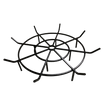

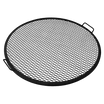
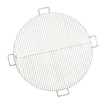
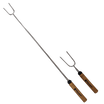

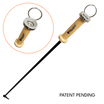
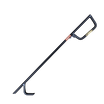
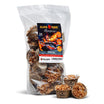
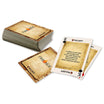
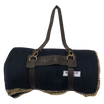
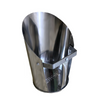
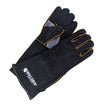
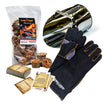
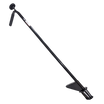
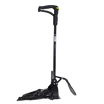
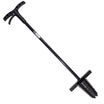
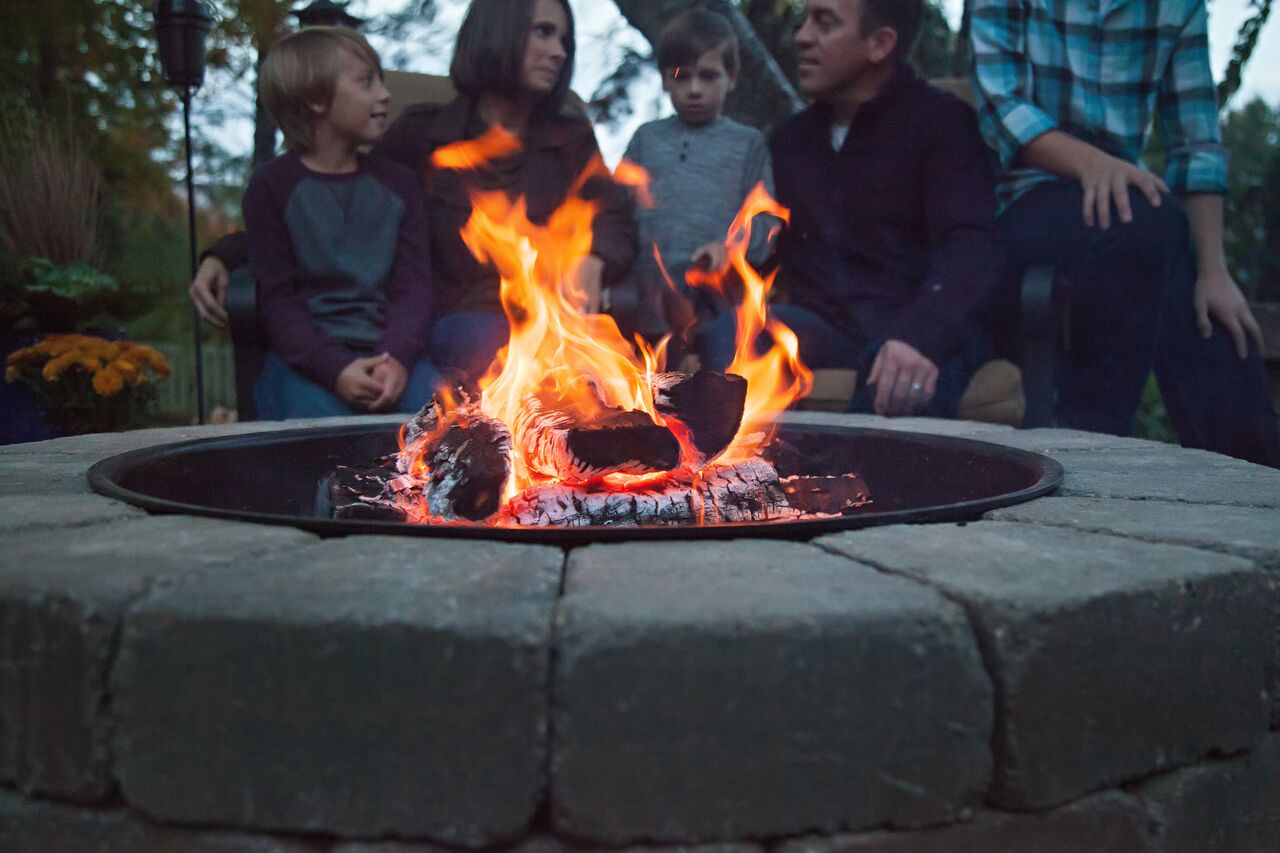
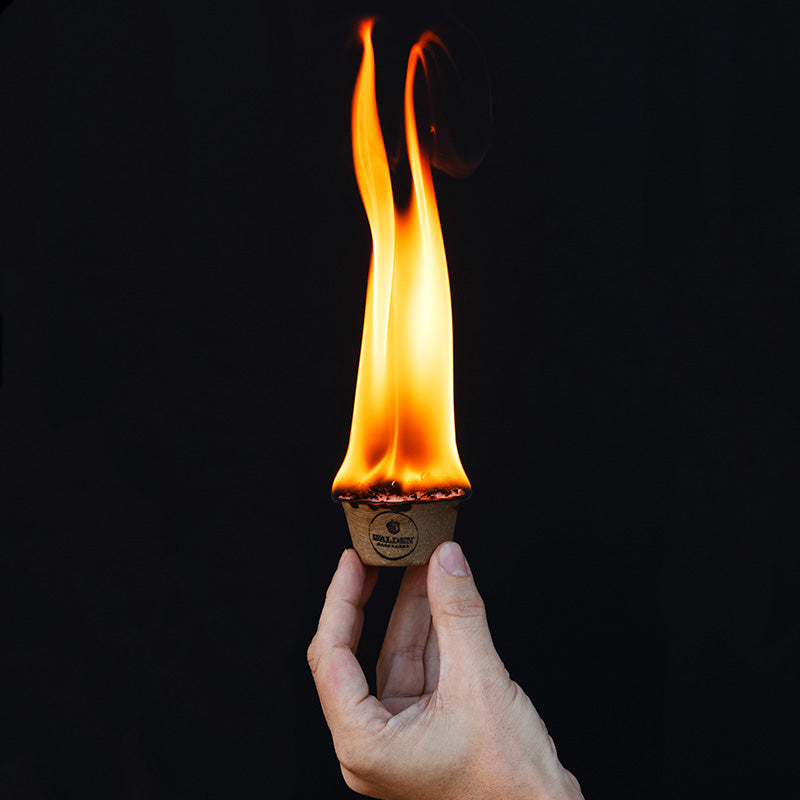
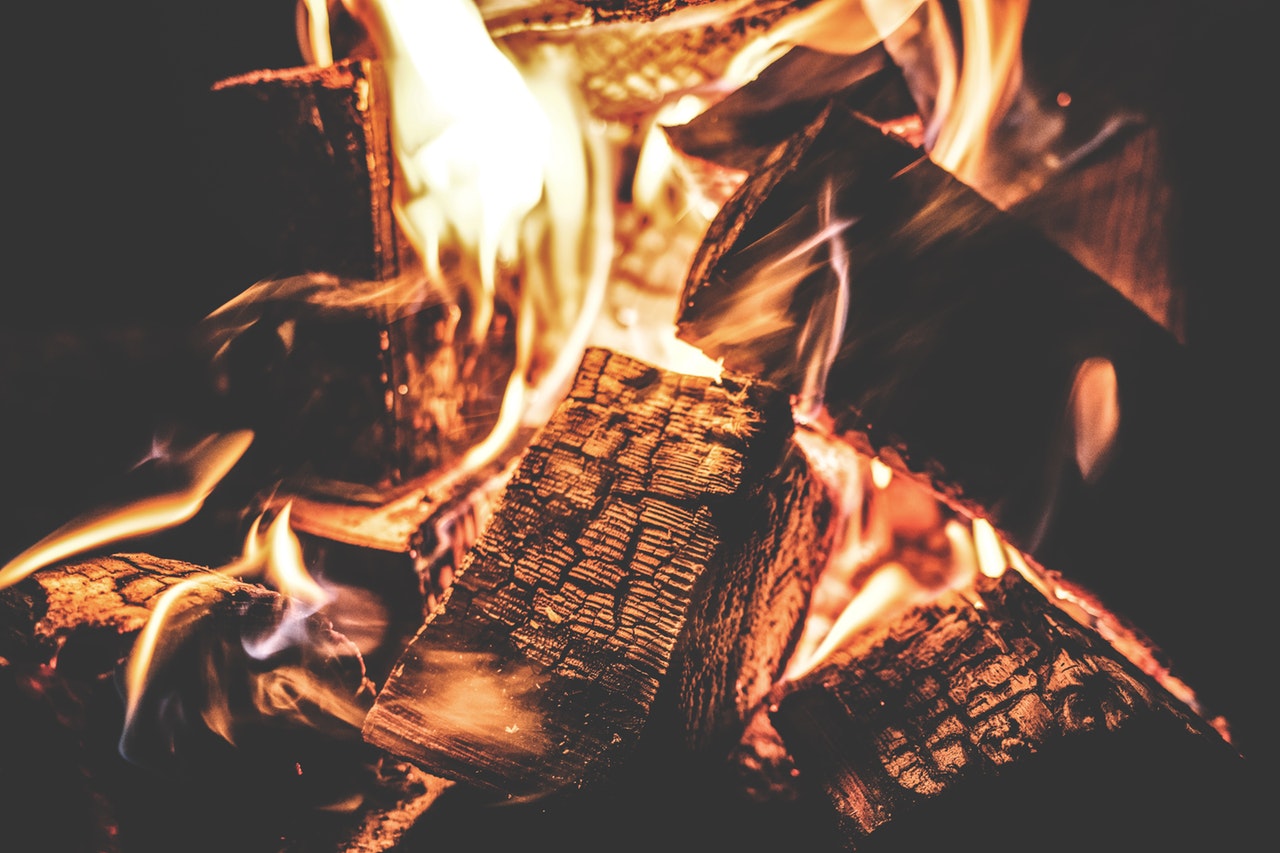
Leave a comment
This site is protected by hCaptcha and the hCaptcha Privacy Policy and Terms of Service apply.